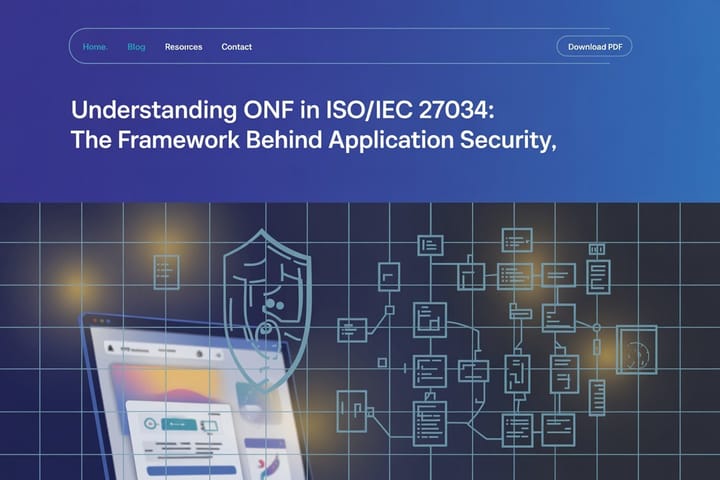PRINCE2 7: Focus on "Activity" Instead of "Document"

While the necessity of plans in projects appears self-evident, there has been a persistent query regarding the effective implementation of this practice and, consequently, how it should be approached in PRINCE2 7.
Two primary issues commonly arise in the planning process. Firstly, there’s the human factor and communication. Often, the preparation of the document becomes a substitute for genuine engagement with stakeholders, resulting in a focus on documentation rather than meaningful communication. This can lead to conflicts, as the project manager may fail to uncover implicit expectations alongside formal requirements, resulting in misunderstandings like, “I thought you were going to do…xyz.”
Secondly, there can be a tendency to hasten through the planning phase and rush into execution. Understandably, planning is perceived as the activity least directly linked to value delivery from the customer’s viewpoint. However, the impulse to initiate the delivery process prematurely, without a clear focus on the business case, can cause projects to lose direction and meander aimlessly.
It is crucial to emphasize that the plans practice in PRINCE2 7 is not solely about generating documentation, but about establishing and nurturing a collaborative understanding and commitment.
Changing the order of Plans among the PRINCE2 7 practices
In the transition from PRINCE2 6th edition to PRINCE2 7, we made the decision to reposition the Plans practice, previously categorized as a “theme,” before Quality and after the initiation of the project. This adjustment was implemented for a specific reason.
When a project manager and the team commence their work, their initial undertaking involves compiling the project initiation documentation, which inherently involves planning activities. This documentation encapsulates not only the project’s quality aspects but also encompasses crucial elements such as costs, scheduling, risk assessment, and management controls. This comprehensive nature of project initiation documentation necessitated the placement of Plans ahead of Quality and Risks in the PRINCE2 7 edition, as plans serve as an integral component underpinning all subsequent practices within the framework.
Planning in PRINCE2 7 as Consensus
In the context of the new PRINCE2 7 guidance, there was a distinct requirement for enhanced cohesion and a more practical perspective within this particular section.
The definition and formulation of a plan within the framework utilize language that highlights the process of planning as a means to foster consensus and cultivate relationships.
The description of the planning process in PRINCE2 7 aligns more closely with the typical approach employed in constructing plans: initial agreement on “what” and “how” is followed by the development of schedules and estimates. For instance, in cases where labor or long-lead materials represent a significant expense, it may be necessary to strategize the supply of materials considering both cost and delivery timelines.
The project initiation documentation represents the primary deliverable presented to the board for approval. During the initiation phase, projects often involve a smaller workforce and incur fewer costs compared to the execution stage. This initial phase presents an opportune time to address any potential changes with minimal impact, underscoring the criticality of consensus-building during this stage. Conflicts stemming from unexpressed expectations at a later stage can have substantial implications on both costs and timelines.
A flexible Hierarchy of Plans
PRINCE2 underscores the significance of operating within designated planning horizons, recognizing that there are limits to how far one can effectively foresee into the future. Consequently, planning is viewed as an ongoing activity rather than a mere exercise in creating static documents. It extends throughout the entirety of the project implementation phase, not solely during the initial stages.
The efficacy of the hierarchical approach to plans is highlighted in the new scenarios presented in PRINCE2 7. In the context of a multi-year project, for instance, there is no need to develop an intricate team plan well in advance of actual team activities. Conversely, with an agile approach, the scope and estimates can be adjusted in concise stage plans throughout the implementation process.
Other notable changes to the practice of the plan in PRINCE2 7
- Project managers will observe a more cohesive and logical information structure, streamlined with concise text segments, facilitating a more efficient guidance through the process for practitioners.
- The depiction of the PRINCE2 planning technique now aligns more closely with the typical process employed in most projects.
- The context section is where the customization of PRINCE2 planning is discussed, allowing you to adjust the methodology to suit your project or organizational context.
We have made certain that this aspect of PRINCE2 7 is more practical, tailored for use by actual project teams confronting real-world challenges.
Choose from our PRINCE2® CERTIFICATION TRAINING COURSES and become one of the best today!
Here at CourseMonster, we know how hard it may be to find the right time and funds for training. We provide effective IT Certifications that enable you to select the training option that best meets the demands of your company.
For more information, please get in touch with one of our course advisers today or contact us at training@coursemonster.com




Comments ()